Discrete Mathematics Assignment Solution - Comprehensive Analysis
VerifiedAdded on 2022/09/08
|9
|609
|16
Homework Assignment
AI Summary
This document presents a comprehensive solution to a discrete mathematics assignment. The solution covers several key areas within the subject, including combinatorial problems involving choosing players for a team. It provides detailed explanations and applications of Boolean algebra laws, demonstrating concepts such as annulment, identity, idempotent, complement, commutative, double negation, De Morgan's theorem, distributive, absorptive, and associative laws. The assignment also explores predicate logic, offering solutions to problems involving predicates and quantifiers. Furthermore, the document addresses the binary sort algorithm, illustrating its application to sort an unsorted array and insert a new element. Finally, the solution includes an explanation of decision trees, describing their structure and functionality in the context of problem-solving. This assignment provides valuable insight into fundamental concepts of discrete mathematics.
1 out of 9
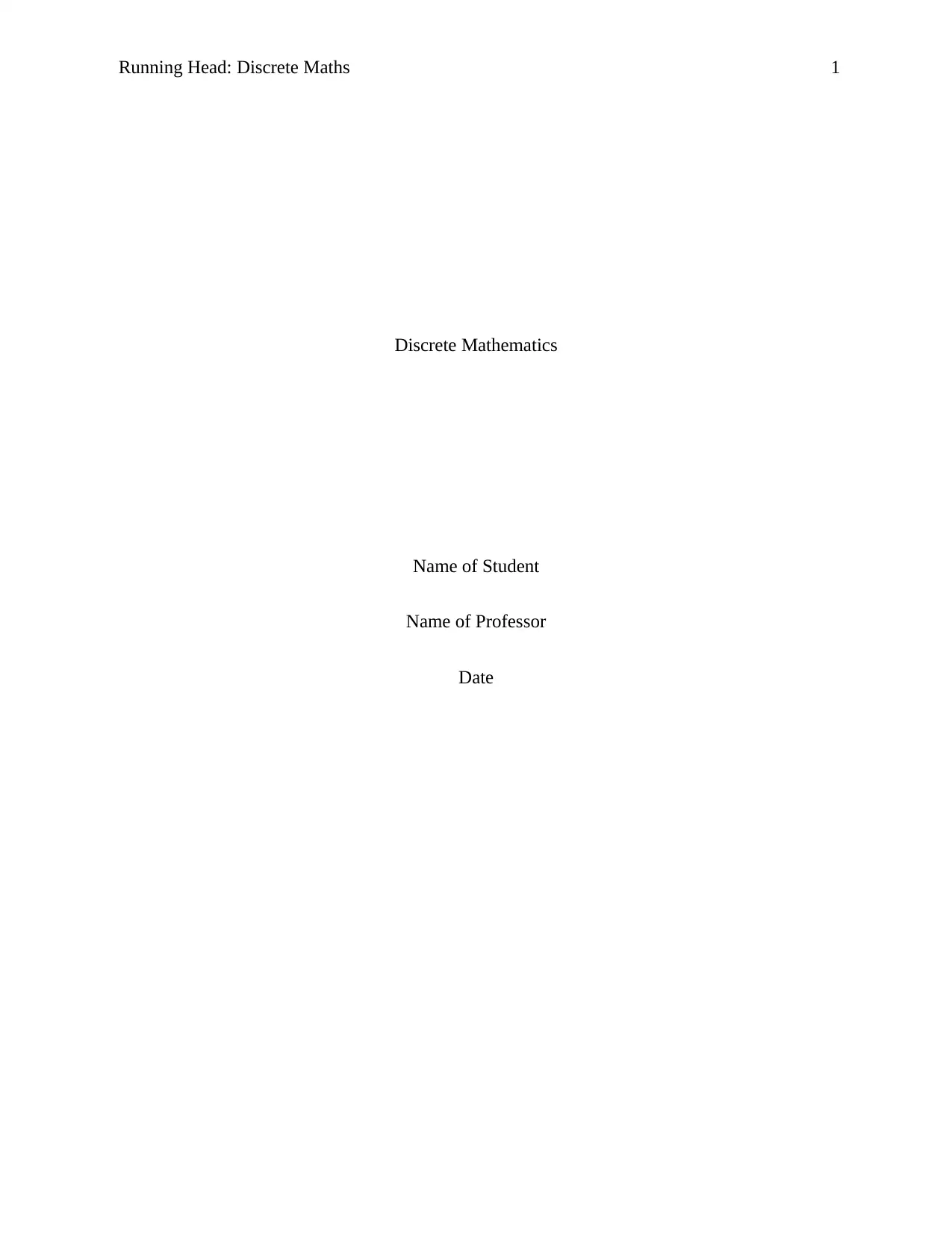
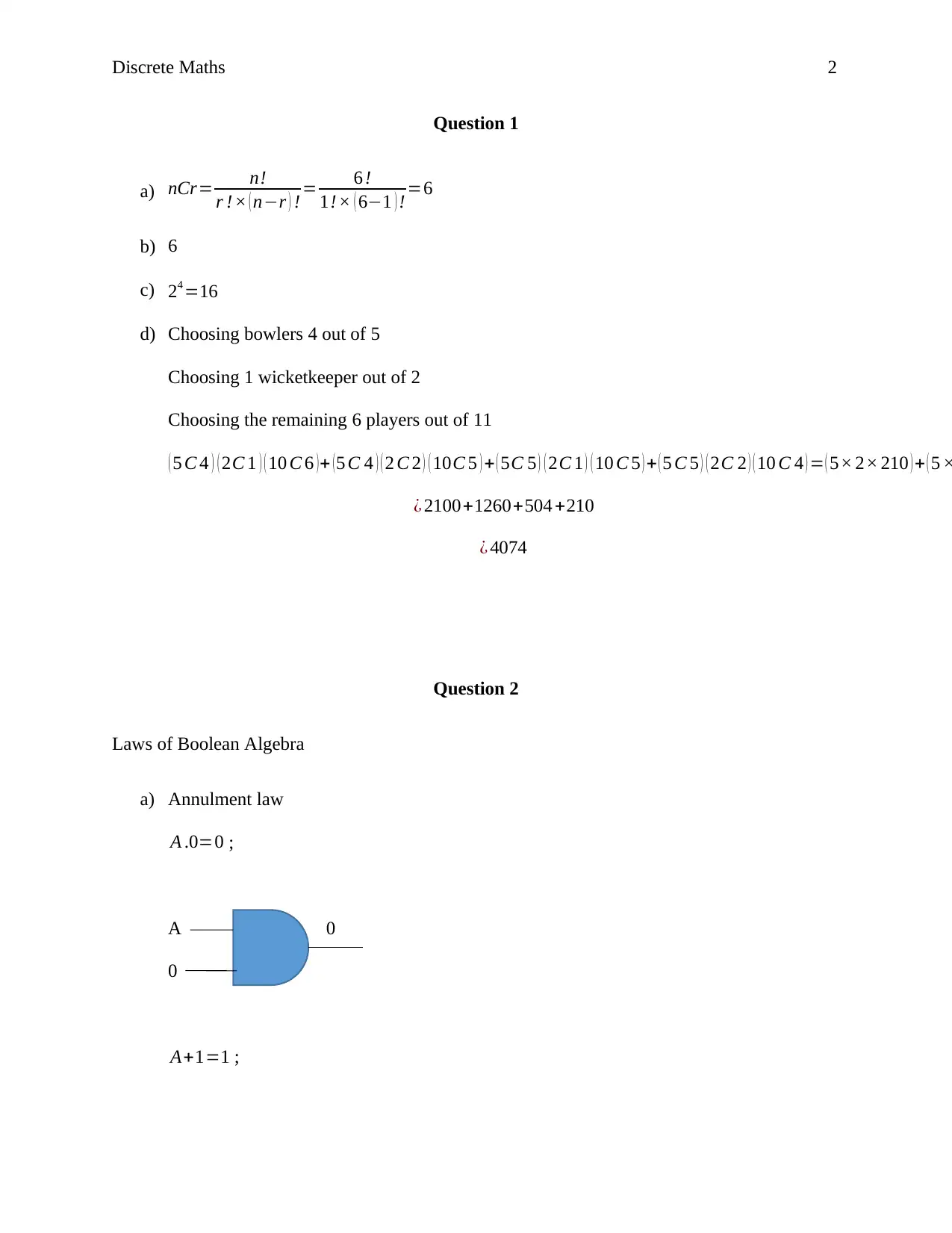
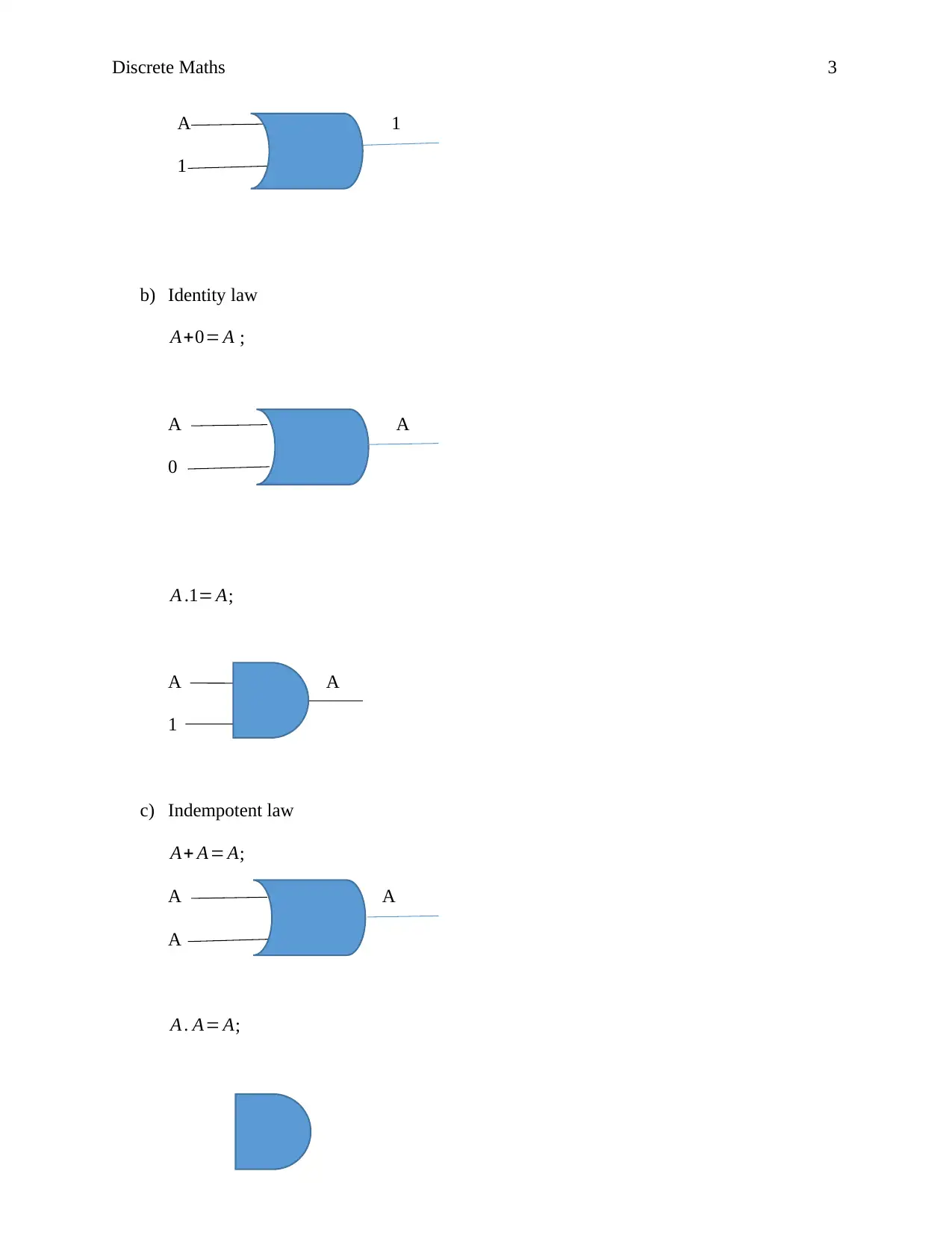

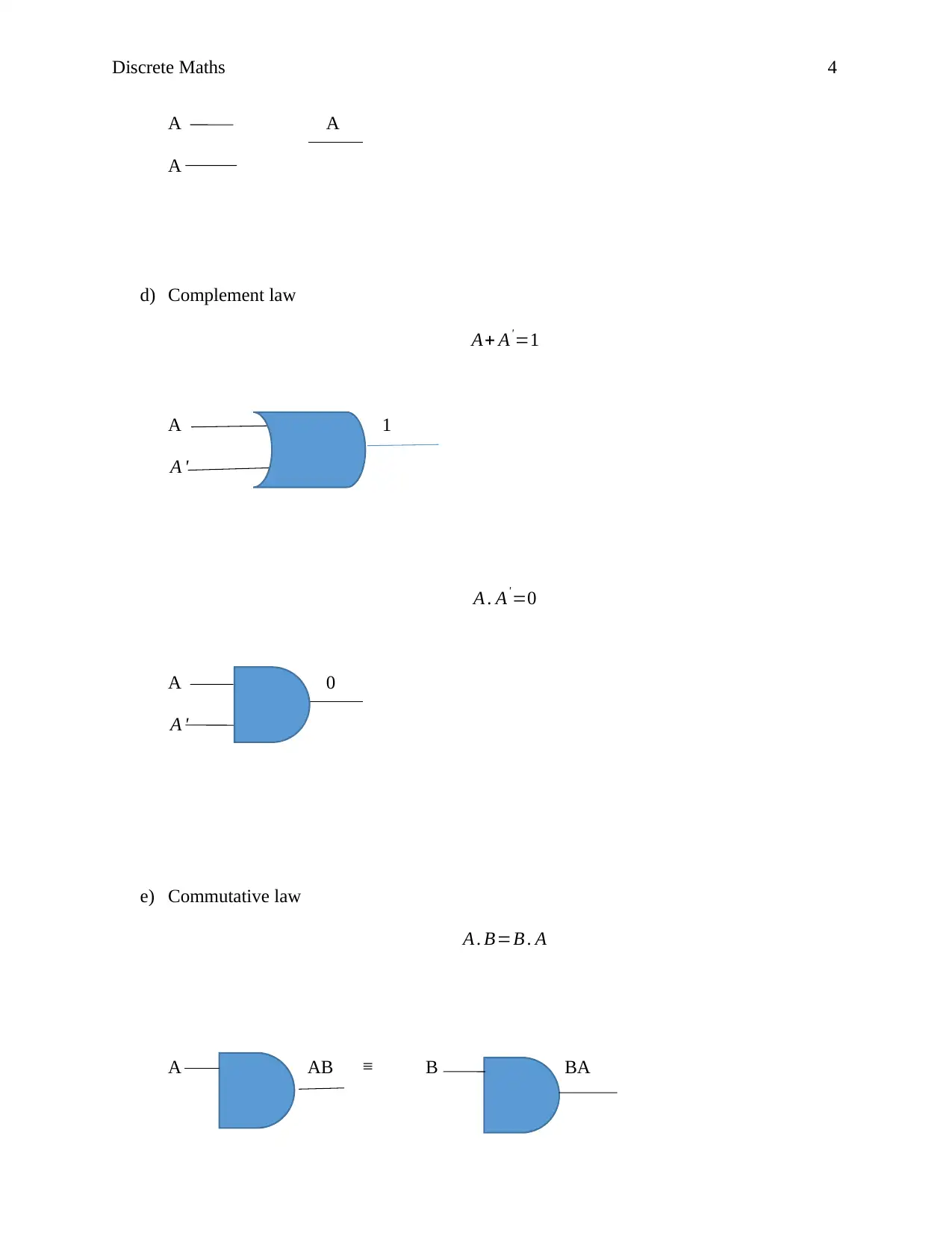
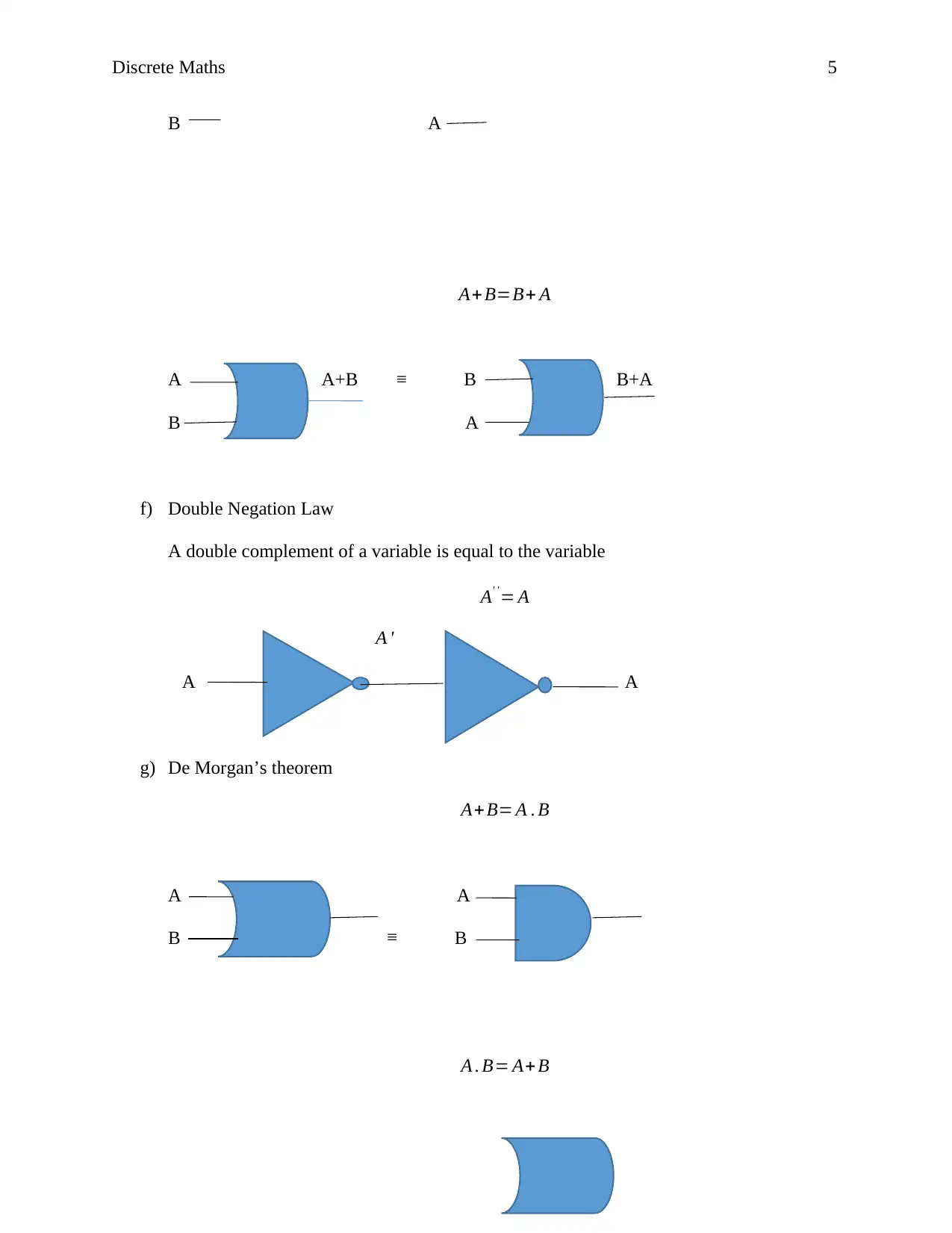
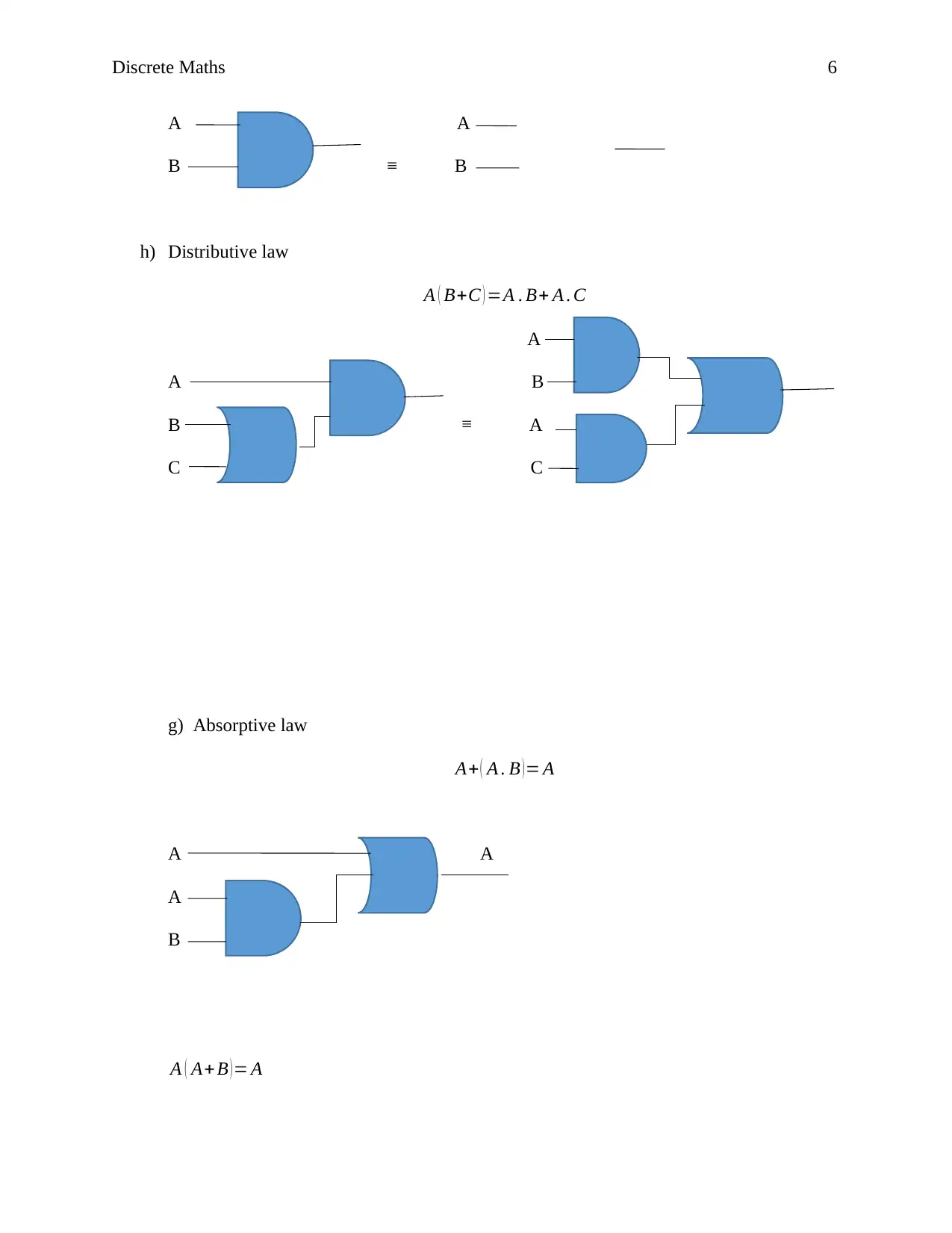
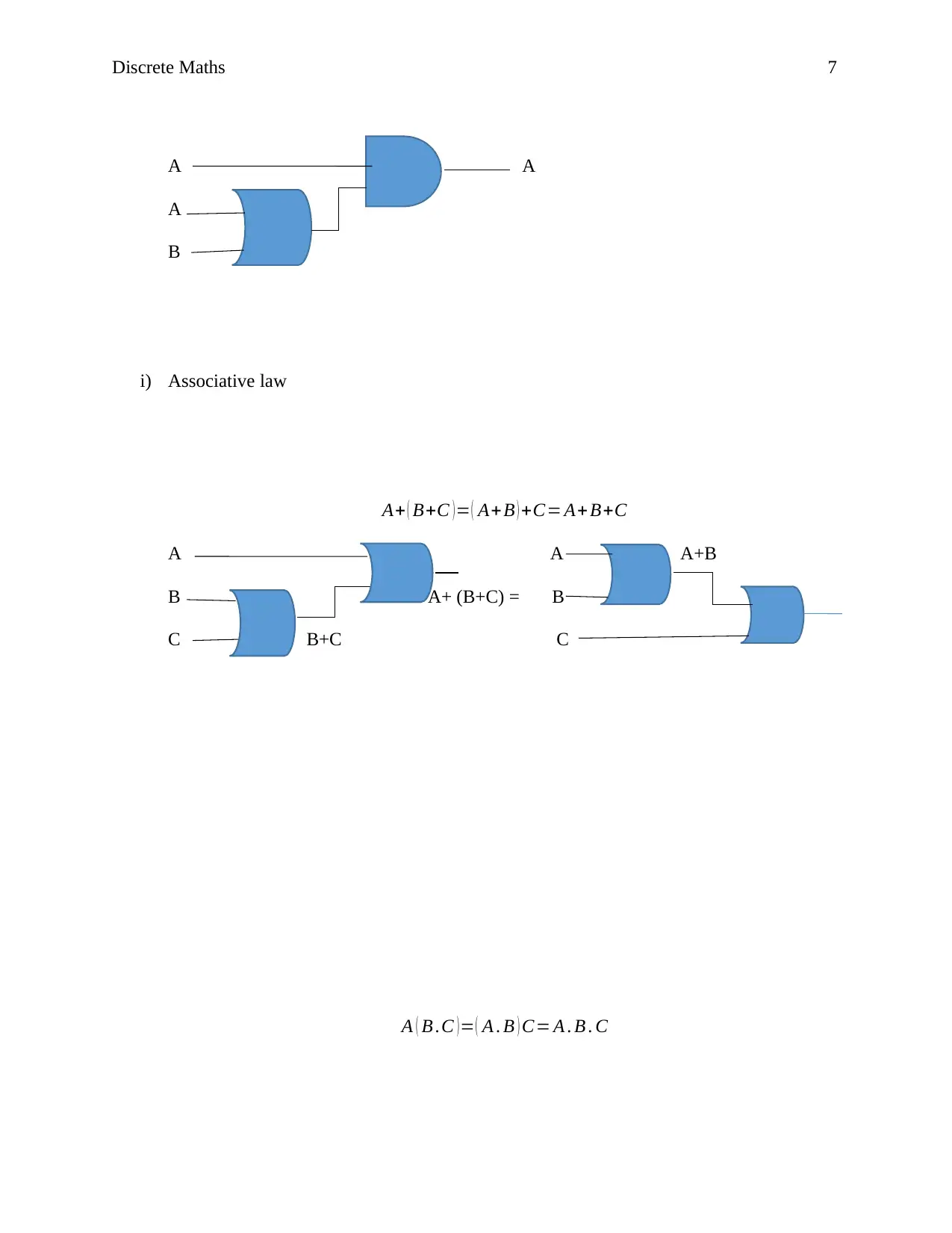
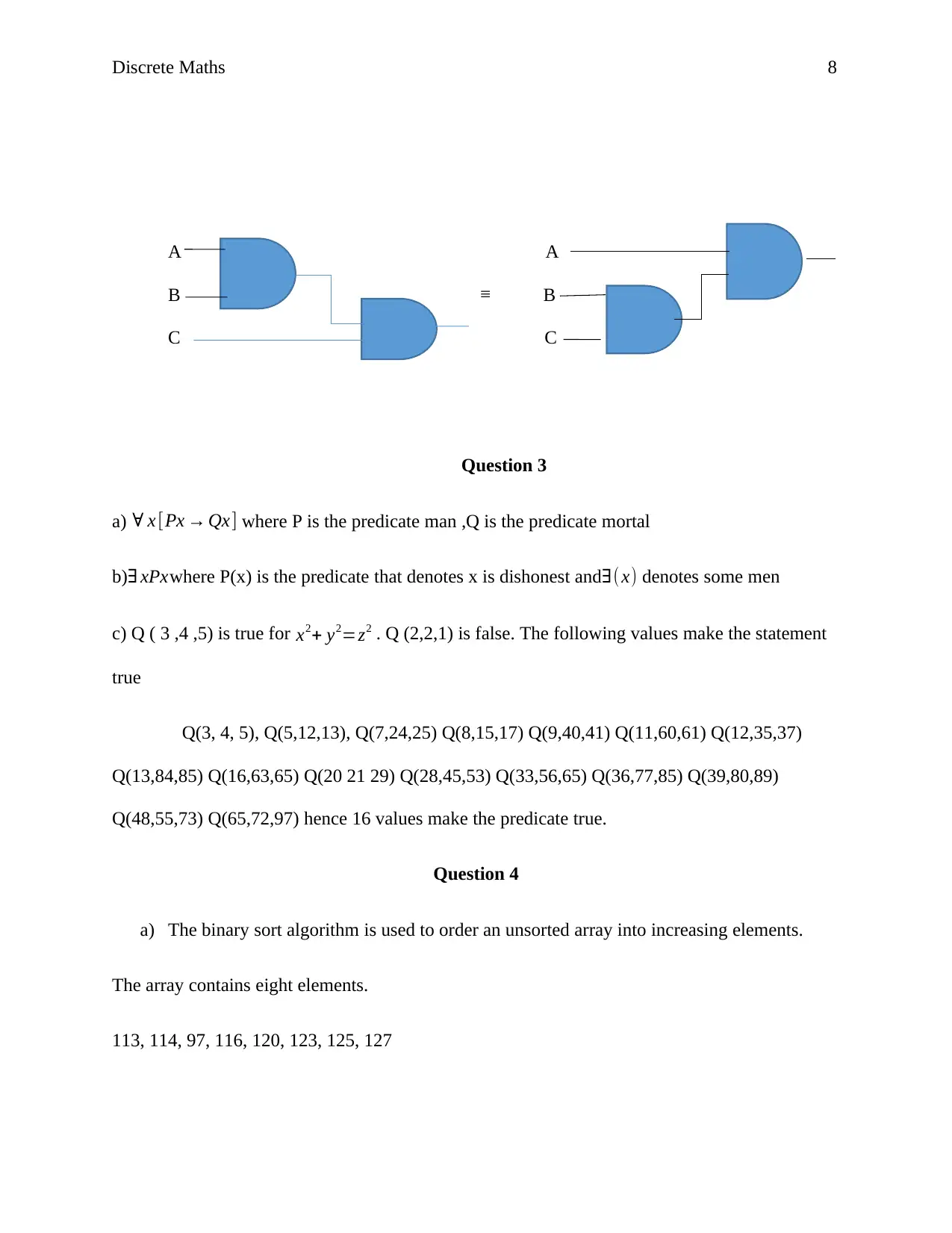
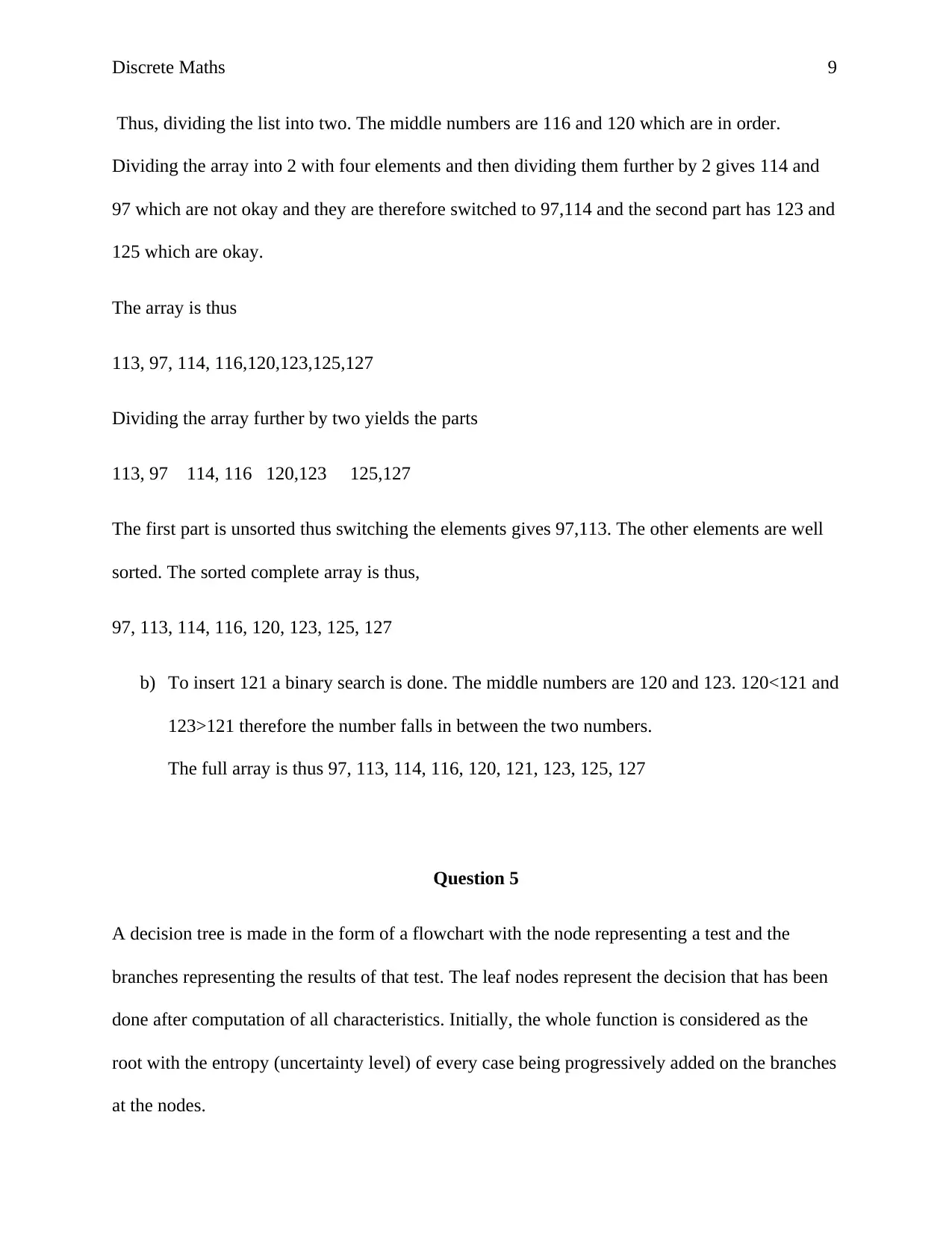

![[object Object]](/_next/static/media/star-bottom.7253800d.svg)